Thanh La Uprising
According to the history of the Son Duong District Party Committee, under the domination of feudal colonialism, the Son Duong people were deprived of their minimum freedoms and democracy. The imperialist policy of colonial exploitation left Son Duong with an extremely poor and backward economic and social foundation.
At the end of the 19th century, the people of Hong Lac, Van Phu, Van Son, Dong Loi, Phu Luong, Tam Da, and Lam Xuyen communes voluntarily took up arms and joined the ranks of the insurgents of Luu Vinh Phuc and Hoang Hoa Tham. In the 1920s, the people of Lam Xuyen, Hao Phu, Hong Lac, and Tan Trao communes continuously rose up against the land encroachment and the brutal exploitation of the French colonialists and their lackeys in many forms. On November 7, 1936, the people of Khe Thuyen village, Van Phu commune organized a struggle against high taxes and heavy levies. After 10 days, the struggle of the Khe Thuyen people was victorious. The sound of the Khe Thuyen drum shows the increasingly deep conflict between the people of all ethnic groups and the imperialists and their lackeys.
Thanh La communal house relic.
At that time, Thanh La commune consisted of four communes: Kim Tran, Thanh La, Ha Yen, and Khang Luc. Thanh La was a large commune of the commune, and was located near the commanding agency of Nguyen Hue Sub-region. The people here were enlightened about the revolution very early. Many revolutionary bases were built. After the coup d'etat by the Japanese fascists (March 9, 1945), the lackey apparatus in Thanh La became weaker and more dilapidated. Faced with that situation, comrade Song Hao and the leadership of Nguyen Hue Sub-region (Le Hien Mai, Ta Xuan Thu, Tran The Mon, Trung Dinh) advocated launching an uprising to "take the pulse" and probe the enemy's reaction.
On the night of March 10, 1945, under the direct leadership of comrade Ta Xuan Thu and the Nguyen Hue Sub-Zone Command, the revolutionary armed forces quickly disarmed the militia, forced the village chiefs and militiamen to submit, hand over their guns, royal decrees, and bronze seals to us. We completely liberated Thanh La commune on the night of March 10, 1945. This was the earliest victorious commune-level uprising in the country. The Nguyen Hue Sub-Zone Committee decided to expand its activities. On the morning of March 11, 1945, after the oath-taking rally at Thanh La communal house yard, the insurgents, with the core being the National Salvation Army 3 and local militia, raised high the red flag with yellow star, revolutionary banners and advanced to liberate Dang Chau, Son Duong district. After Dang Chau was liberated, on March 16, 1945, Nguyen Hue Sub-region organized a large rally at Thanh La communal house, declaring the establishment of Tu Do District and the District Provisional Revolutionary Committee. This was the first district-level People's Government of Tuyen Quang and also the first district-level revolutionary government in the whole country.
The victory of Thanh La uprising was the first shot in the 1945 pre-uprising movement of Tuyen Quang province. The revolutionary government of Thanh La commune people was the prerequisite for leader Ho Chi Minh to decide to move from Pac Bo (Cao Bang) to Tan Trao (Tuyen Quang) to lead the August 1945 General Uprising to great victory, establishing the Democratic Republic of Vietnam, opening a new era for the Vietnamese people. That was also the condition for Tuyen Quang to become the capital of the Liberated Zone, where the Party Central Committee and Uncle Ho lived, worked and led the August Revolution to success.
Changes in Ming and Qing
From the city center, follow the asphalt road to the revolutionary base about 45 km to reach the center of Minh Thanh commune. Comrade Nguyen Ngoc Chinh, Deputy Secretary of the Party Committee and Chairman of the People's Committee of Minh Thanh commune, said that the commune has 1,491 households with 6,267 people, most of whom are ethnic minorities. Previously, because it was a purely agricultural commune, not convenient for traffic, far from the central economic zone, people's lives were still difficult, the poverty rate was still high, accounting for nearly 50%.
Faced with this situation, the Party Executive Committee of the commune has issued many resolutions focusing on economic development, building new rural areas, preserving and promoting cultural identity and revolutionary historical relics. As an ATK commune, Minh Thanh has received attention from the Central, the province and the district in attracting and prioritizing resources to build infrastructure, train cadres and apply science and technology to production. The people of Minh Thanh commune enjoy special preferential policies in health care, education and many other fields.
After 13 years of implementing new rural construction, with the high determination of the entire political system and the consensus of the people, Minh Thanh commune has achieved 14/19 new rural criteria, striving to complete 19/19 criteria by the end of this year. Infrastructure works have been gradually invested in and built synchronously and spaciously, such as the commune's central cultural house and the cultural houses of the villages. Roads DH07, DH18 and commune roads, inter-village roads with a length of 16 km have been invested in construction since 2022. To complete the road, nearly 400 households have voluntarily cut down trees, demolished fences, and architectural works to donate land for road construction. Particularly for road DH07, through only 2 village meetings, 97/110 households voluntarily donated 4,800 m2 of land for road construction.
As one of the localities with more than 170 hectares of tea, Minh Thanh commune has taken advantage of its advantages to create a driving force for economic development. For many years, tea has become a key crop, helping many households in the commune escape poverty and become rich. Along with that, the commune also promotes forestry development, the whole commune has 2,093 hectares of forest, of which natural forest is 272 hectares, production forest is 1,821 hectares, with nearly 800 hectares of forest wood area according to FSC standards. Currently, the commune has 3 products that meet 3-star OCOP standards: Thanh Tra tea, Giang Hang fermented wine and La Khai specialty rice.
Up to now, the average income per capita in the commune has reached over 42 million VND/person/year. The number of poor households in the commune has decreased to 254, accounting for 17.2%. Difficulties and challenges still lie ahead, but with the direction of maximizing its potential and internal strength, Minh Thanh is gradually forming a prosperous agricultural countryside, the lives of the people are increasingly prosperous and happy.
Source: https://baotuyenquang.com.vn/minh-thanh-noi-coi-nguon-cach-mang-197026.html


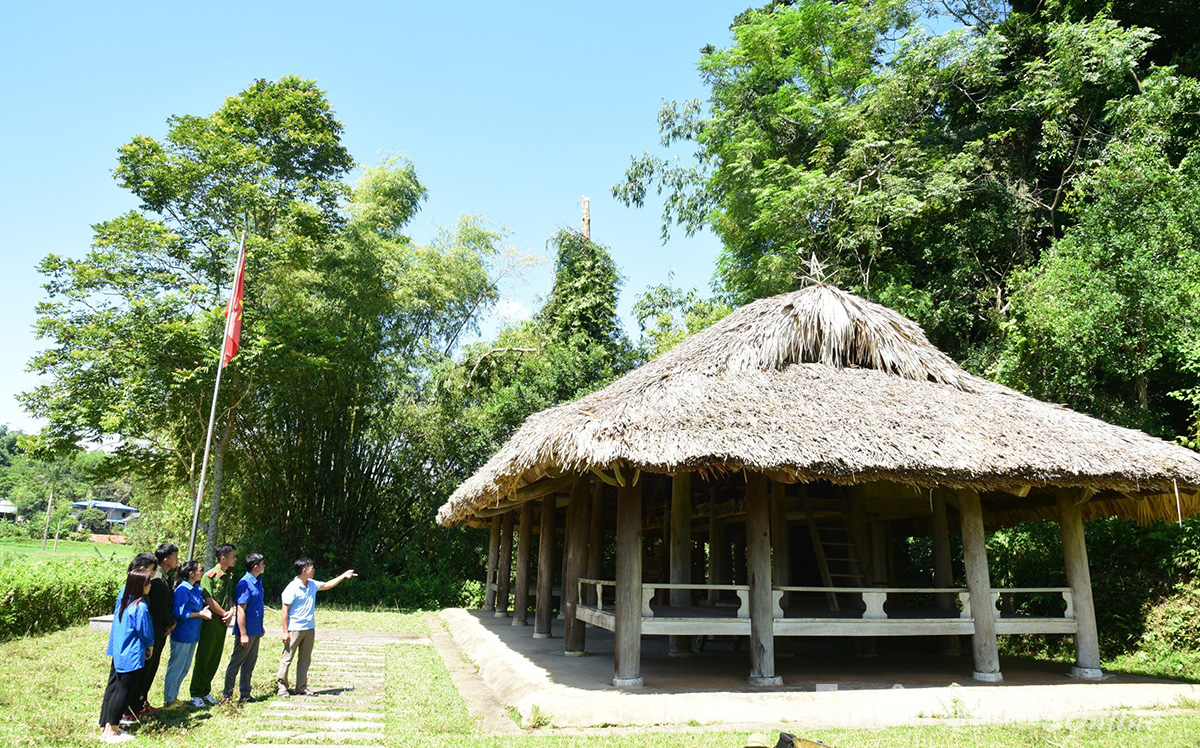


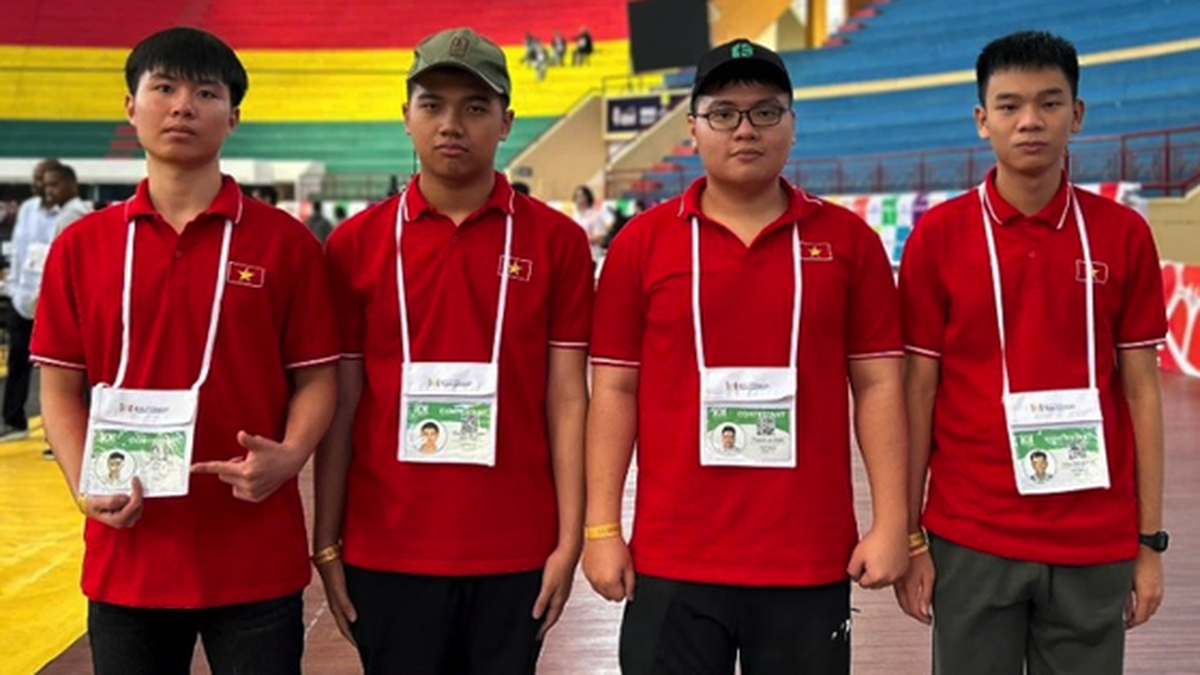



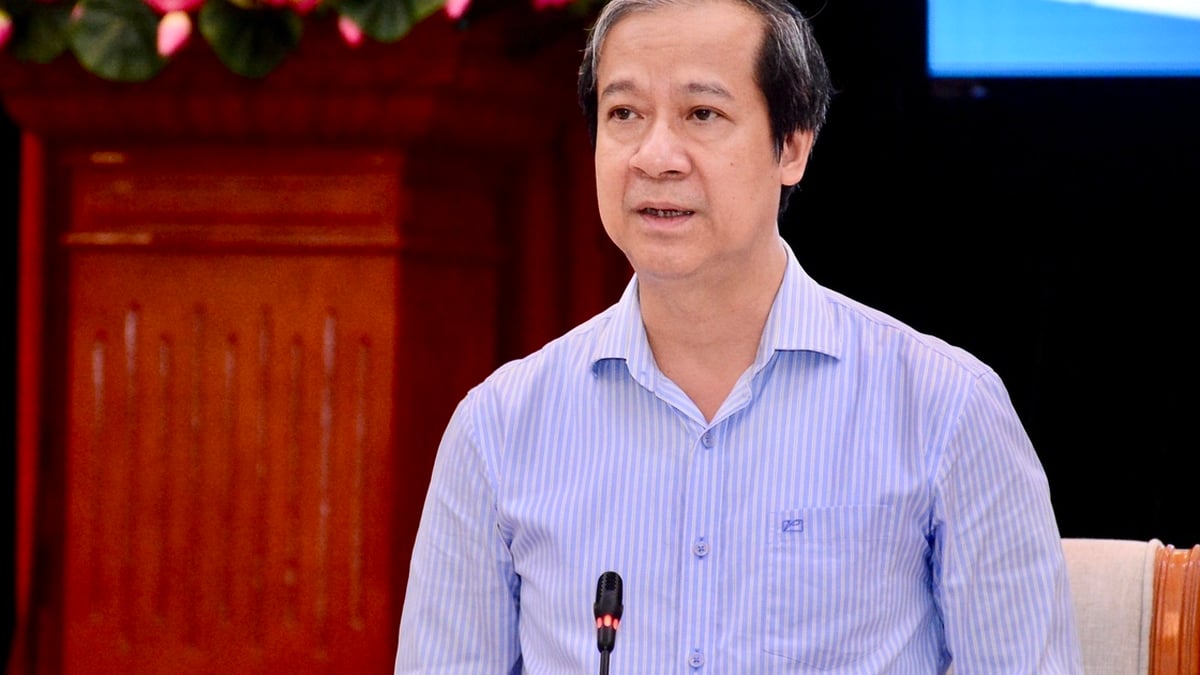
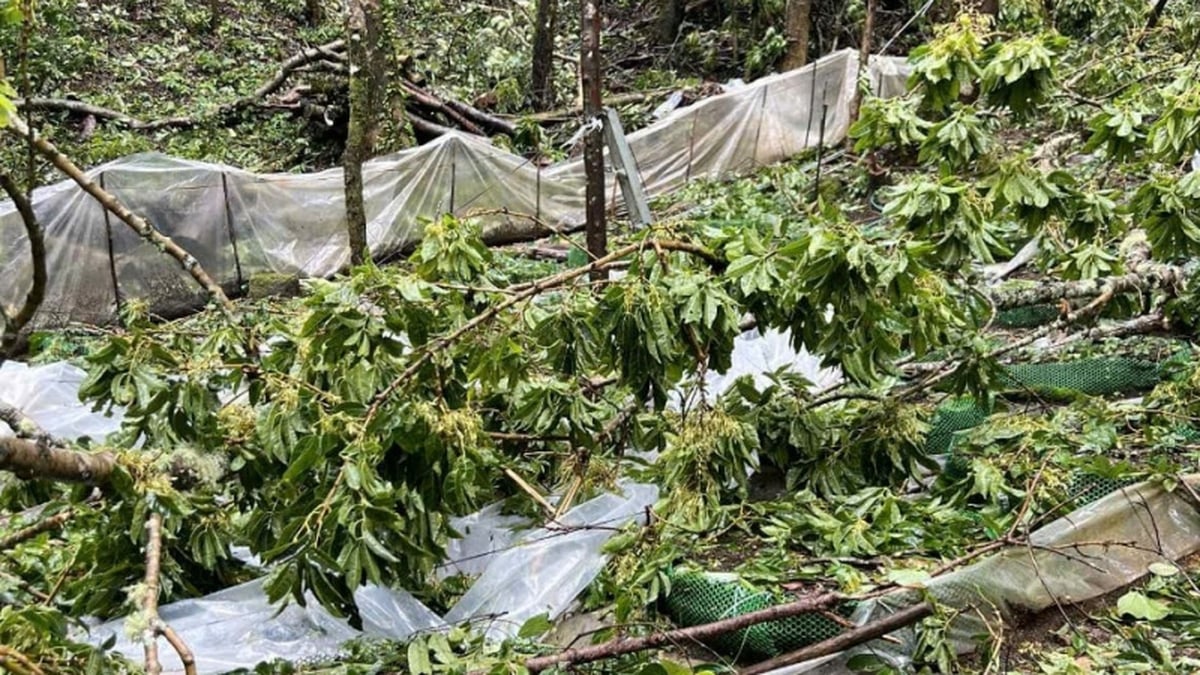

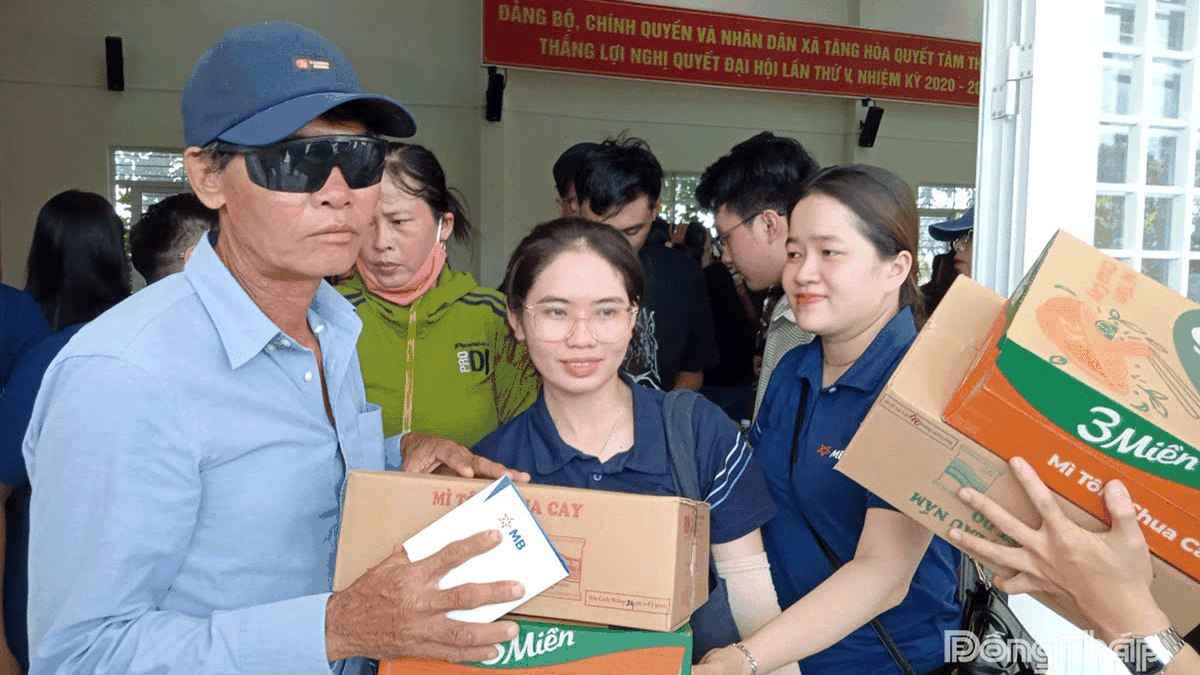






















































































Comment (0)